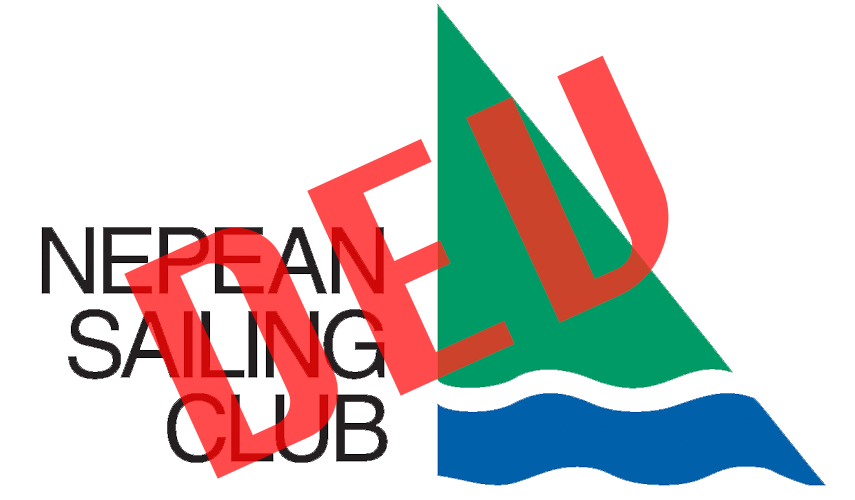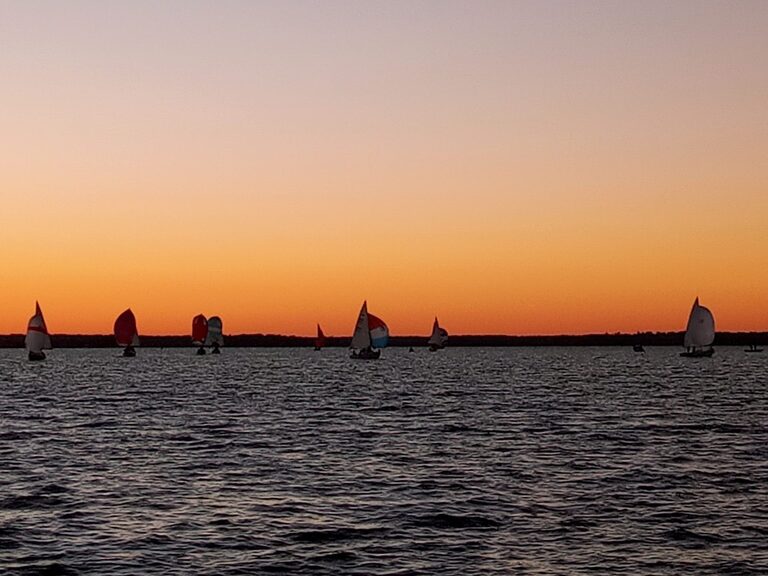Questions have arisen over the years about the code “NR”, short for “Not Registered”, and how and when it is applied. This post tries to answer that question, but also explains the background and origin of the NR code.
It seems pretty obvious that if a competitor is not registered for an event, then that competitor won’t appear in the results, regardless of what sport is being considered. But in the case of our Interclub racing, it may not always be obvious to some competitors whether their boat is registered, as there are a number of conditions that must be met to be registered. The owner/skipper must complete and sign the race registration form, the owner must complete a PHRF application (for most keelboat racing), must pay the associated PHRF fee, and must sign-up for volunteer RC duty. Failure to complete any of these requirements may mean that the boat is not yet registered, as explained at http://nsc.ca/racing/race-registration/, and in the Sailing Instructions.
But prior to 2010, it was a common occurrence for boats to race without completing their registration, and then when they didn’t appear in the results, they would file scoring inquiries wondering why they weren’t scored. Hence, the NR code was introduced as a means of conveying to those competitors that their presence had been noted, but that the reason they weren’t scored is because they hadn’t completed their registration. This greatly simplified the process of identifying the problem and its resolution, both from the perspective of the competitor, and that of the Scoring Inquiry Coordinator.
That then led to the question of whether an NR code would be retroactively replaced with a valid finish once the affected boat had completed the registration process. The short answer is No.
A boat that has not registered is scored NR until such time as they register, and their finishes for any races sailed prior to registering are not re-scored retroactively, i.e. they keep their NR for those races sailed prior to completing their registration. The only exception is if it is determined after a boat has been scored NR that their registration had been completed appropriately and on time, and that the error or omission was with the organizing authority (i.e. between the Office, Handicapper, Race Registrar and Scorers). This approach has been consistently applied for years.
In 2013, SI 21.11 was introduced, giving the RC Volunteer Coordinator the discretion to score a boat as NR (not registered) until such time as that boat has met their RC Duty obligations. That said, a boat will only be scored NR under SI 21.11 in exceptional circumstances, and only after receiving adequate warning. However, if a boat fails to heed such a warning and is scored NR in accordance with SI 21.11, the NR is not retroactively removed when the boat meets their volunteer RC duties.
The consistent application of the NR code is a necessary deterrent to ensure that people register in a timely manner, so that the whole system runs smoothly. Most racers have little appreciation for what goes on behind the scenes, between the time they submit their registration form, PHRF application, and pay their fee, and when their boat’s finish appears in the results. First, for most keelboats, the handicapper has to ensure that payment has been received for the PHRF-LO fee. Then the PHRF application form has to be reviewed, and either the certificate gets renewed, or a new certificate needs to be issued, the latter being an involved and time-consuming process. The handicapper then conveys the PHRF info to the Race Registrar who ensures that the race registration form is complete, following up for missing info or signatures, as required. Next the Race Registrar forwards the boat’s information to the scorer responsible for scoring all of the races in which that boat competes. Each scorer must then add all of the boat and skipper info into the Sailwave file, so that the boat appears correctly in the results. And finally, the RC needs to be notified that there is a new boat in their fleet, and to record their presence on the race course. Now multiply the above by the more than 150 boats that are registered for racing at NSC!
Thankfully, roughly 90% of NSC boats complete their registration well before the end of April, so the above activities get processed in batches. And to allow everyone to confirm the status of their submitted registrations, a list of race registrants is published before the start of the sailing season, as explained at http://nsc.ca/racing/race-registrants/.
But for the boat that doesn’t get around to filling in their form, or paying their fee, or getting their sails measured, until they decide to go out racing, don’t expect a quick turn-around on your registration, but do expect to be scored NR until it is complete. It should be noted that processing a registration, received after the start of the sailing season, normally takes 1-2 weeks.
Originally published: 2013-08-03.
Page updated: 2023-07-30.
2015:
04 May: HM: Minor editorial updates.
24 May: HM: Added update log.
2018
19 May: HM: Changed reference to SI 21.11 (was previously 21.12).

